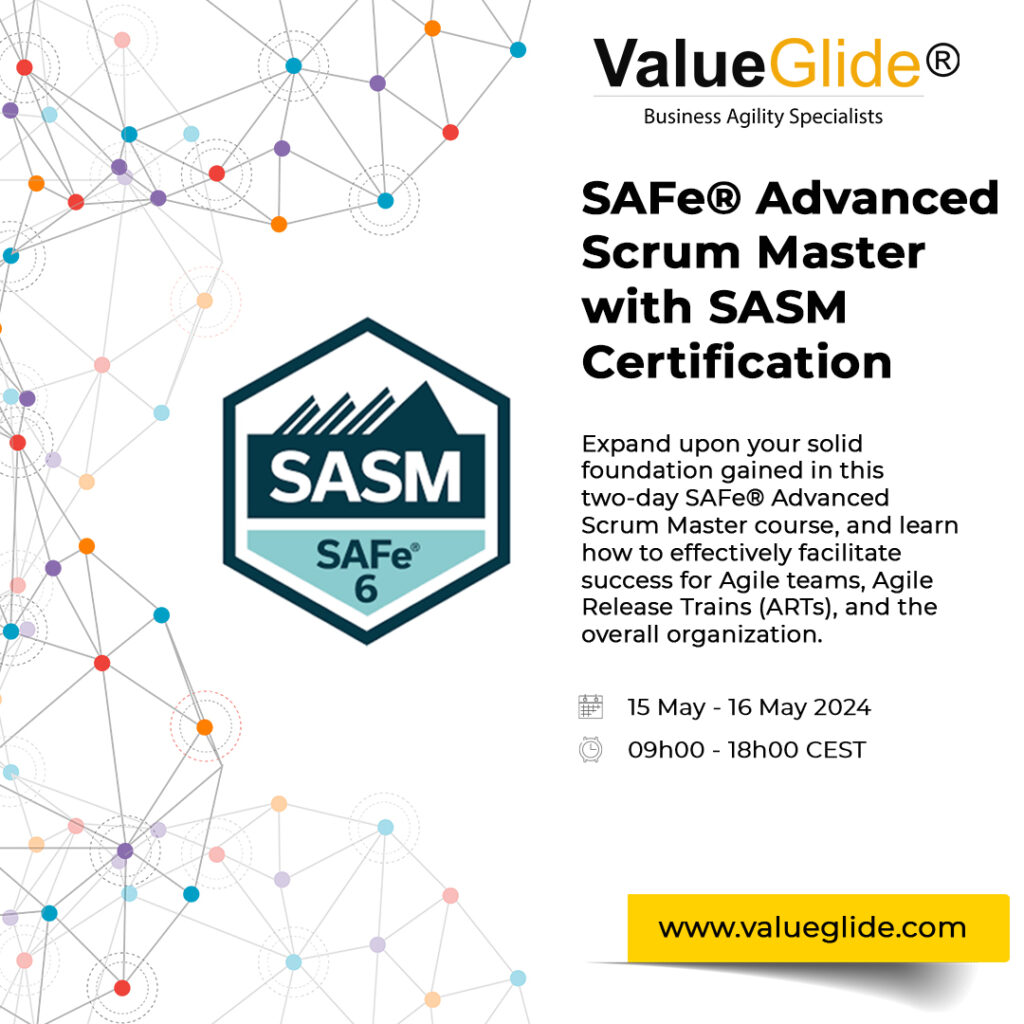Resist jumping into delivery, before understanding the problem
The presenting problem is rarely the real problem. We are conditioned to have solutions even when we don’t understand the problem and the higher up in the organisation we go the more we feel the pressure to come up with solutions. It is expected of us to have the solution and we are hesitant to say I don’t know what the solution is I need to go and study the system and find out what the underlying problem is and then experiment to find a solution for our context. Instead with come up with a solution based on what has worked before which may or may not work. Once we commit to solution because we have now invested political and emotional capital in it we pursue it even when it is the wrong solution. One way to guard against our biases blinding us is to set out to invalidate our assumptions about the solution.
It is okay to say I don’t know, I am going to find out.
Working with clients, I am surprised that when we ask the question: “what’s the problem?” Most of the time we get the answer that we need to deliver solution X. Our desire to jump into a solution and being busy, leads us to skipping understanding the problem or expect this to be someone else’s problem.

Starting a new solution without first understanding the purpose will lead us to be busy with work but struggle to answer why are you doing the work and then asking what measures we need to tell us how we are meeting the purpose and what wider system-wide measure we need to detect side effects and weak signals. How do we sense widely?
Recently, we worked with an organisation wanting to improve its call centre operations. When asked what are we here to do?, the answers were: “we want to build a gadget to automatically answer the customer queries”. This is an example of starting with the solution without understanding the purpose.
Let’s start again, what is the purpose from the customer perspective? — Let’s think, from the customer perspective —
The customer says: “I want resolution on the first contact”.
This sounds like a good enough purpose, but hang on we shouldn’t stop here. Why would the customer call us in the first place?
- It is my preferred channel to get the service I want
- The call centre is my preferred channel but my query was not resolved when I called before
- The call centre is not my preferred channel, I tried another channel first and I couldn’t get the service and now I am here
Points 2 & 3 are Failure Demand as it is the demand that our current system of work is generating because we have failed to serve the customer on their first contact through their chosen channel.
{{cta(‘3855d6b4-b18f-4538-8d9c-c5efad72c7e9’)}}
When we study the system and understand the demand further we get the following even more insightful statistics
15% choose call centre as their channel of choice
of which 8% need to call back as their query was not resolved on the first call
85% are calling us because we have not resolved their query on the first contact through other channels
What should we do? process failure demand faster or redesign our system of work to stop this amount of failure demand to be generated?
Cost-saving initiatives that look at part of the value stream will lead to increased costs because the value is in the whole and not part of the system.
“The Kanban Method will help you visualise your system of work, identify the constraint and show you how to buffer your value flow from the constraint and the variations in demand.”
In a connected system, it is usual to have improvements that address a part rather than the whole system because the system is typically too large. The problem arises when we rush into solution delivery without first studying and understanding the problem. When we understand the overall system we can start with solutions that address a part while having system-wide measures to ensure the rest of the system is not adversely affected allow us to know why the increased investment is not yielding the results just yet and stop introducing unnecessary change and follow through the other parts of the connected system to make further changes.
Study the system, understand the problems (sources of dissatisfaction) and then see how the work redesign could lead to a significant uplift in capability without additional resources (people or technology).
What techniques can you use to do this?
Visualising your work as a kanban system and tackling the sources of dissatisfaction, read more here
Apply the Theory of constraints five focusing steps
Step 0 – Understand the system Goal this is what we are optimising for
Step 1 – Identify the constraint, what is the weakest link in the system of work. Improvement efforts that do not target the constraint will increase the costs without any increase in the system capability
Step 2 – Exploit the constraint, anytime the constraint is waiting for work this will lead to a reduced throughput.
Step 3 – Subordinate everything else to the constraint, by definition the rest of the system is capable to produce more than the constraint can handle and we must limit the work in progress to be in step with the constraint. Look at the system design and see how the work design changes could lead to offloading as much of the work from the constraint and increase the system throughput.
Step 4 – Elevate the constraint once we have completed the above steps and increased the throughput, if we need more throughput then consider elevating the constraint meaning add more people, tools, machines …
Step 5 – Just because the constraint is removed it doesn’t mean that the system is free of constraints, go back to step 1.
Do you want to learn how to identify your system constraint in knowledge work? The Kanban Method will help you visualise your system of work, identify the constraint and buffer your value flow from the constraint and the variations in flow.
Kanban Management Professionals are experts in visualizing and improving the system of work.
Related links
What is really slowing your organisation
Systems Thinking Approach to Implementing Kanban












